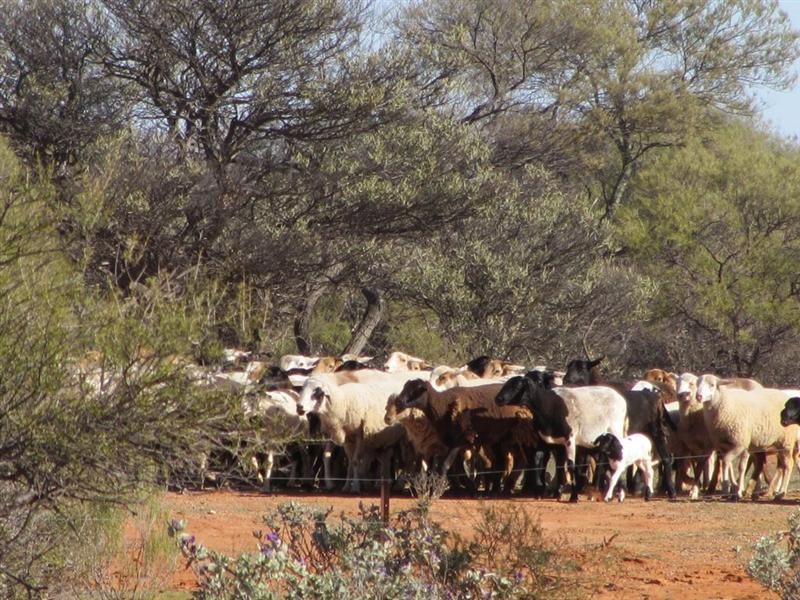
Carlaminda Station
The Carlaminda Station Homestead has historic significance for its role in the development of the pastoral industry in the Yalgoo district. It has further historic value for its link with the Carlaminda gold mine, dating from 1894, and the battery erected there in 1898.
The built fabric illustrates developments through time with variations in style and use of local materials reflecting the requirements of the owners and workers as well as the increased prosperity of the owners.
Carlaminda Station has both aesthetic and rarity value for the hand-painted pressed metal ceilings which are also a feature of the Noongal Station Homestead and Melangata Station Homestead.
The Homestead has further aesthetic value for its composition of connected structures, with consistent use of materials and forms that unify the place. The place is enhanced by the intricate massing, the dominant roof form and the landscaped setting.
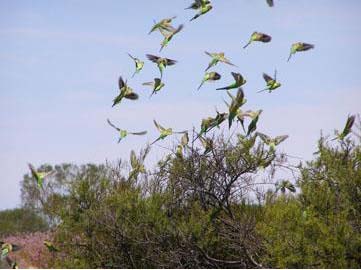

In the early years names associated with the leases which became known as Carlaminda included Fitzgerald, Stevens, Michael Morrissey, Arthur G. Lacy and Frank Pearse.
The original Carlaminda Homestead was built around the turn of the century. The property was acquired by Owen McKenna in 1902 and he was responsible for building the substantial additions to the homestead in 1905. McKenna developed Carlaminda into a prosperous station.
The origin of the name 'Carlaminda' is not clear. McKenna family tradition says it is derived from the Aboriginal for 'hot shady* whereas other sources say it is Aboriginal for 'crow's nest'.
The Carlaminda Station Homestead Complex consists of the original house, the large extension, two additional extensions, a Meat House, and Workers' House.
The original house c 1890s is of mud brick construction, the bricks being set in kerosene cases which held two 20 litre rectangular tins.
It features hand hewn timber floors and ripple iron ceilings. The larger extension cl905 has four large rooms opening off a wide central passage, with French Doors opening out to surrounding verandahs. The rooms feature high pressed metal ceilings (hand-painted by H.C. Jermy), ceiling roses and decorative fire place surrounds.
The two sections of the house are joined by the corrugated iron roof sheeting of the two verandahs. There is evidence of a rising damp problem, with a 1 metre high concrete render covering the deteriorating stone. The buildings have hipped roofs with separate verandah roofs under the main roof and simple chimneys. The verandahs are supported on stop chamfered timber posts.
Immediately north of the main house is a weatherboard addition cl920s which contains two rooms, both with ripple iron walls, timber floors and pressed metal ceilings.
A further stone addition cl900 stands adjacent which contains the Engine Room and the bathroom. This building has cement block additions to both the west and east sides.
Immediately east of the original house stands the Meat House. The house and its substantial garden are surrounded by a stone wall.
The Workers' Quarters is located to the south of the Homestead. The simple structure is timber framed with corrugated iron cladding to the walls and roof. It has a verandah which extends across the front and side facade with a lean-to roof supported on timber posts. There is a recent extension to the east elevation.
Carlaminda Blue pegmatite quarry (Johnson Well; Dollar Well),
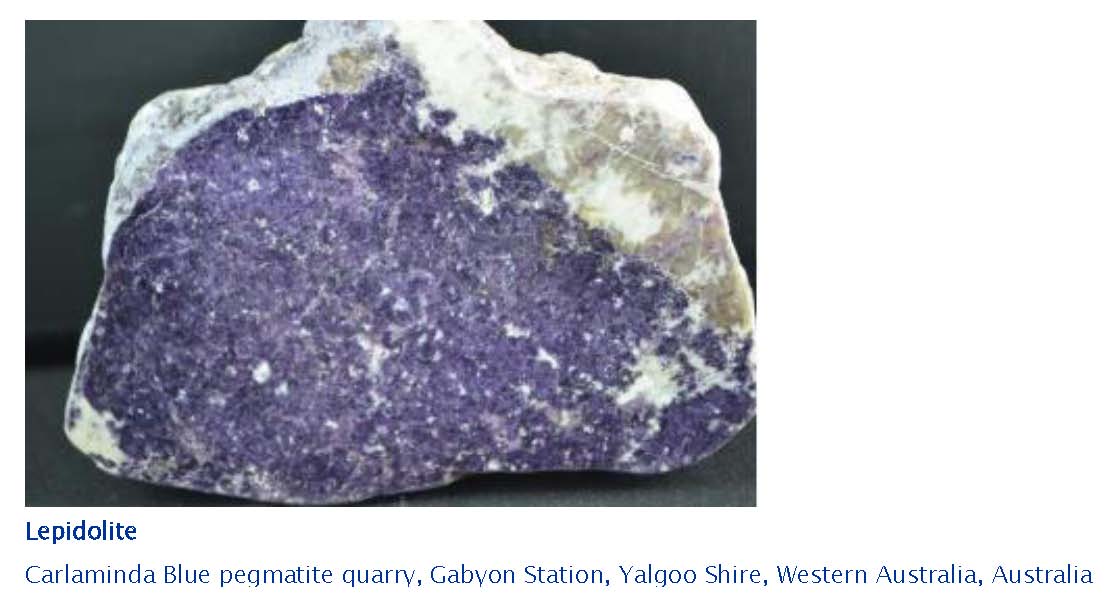
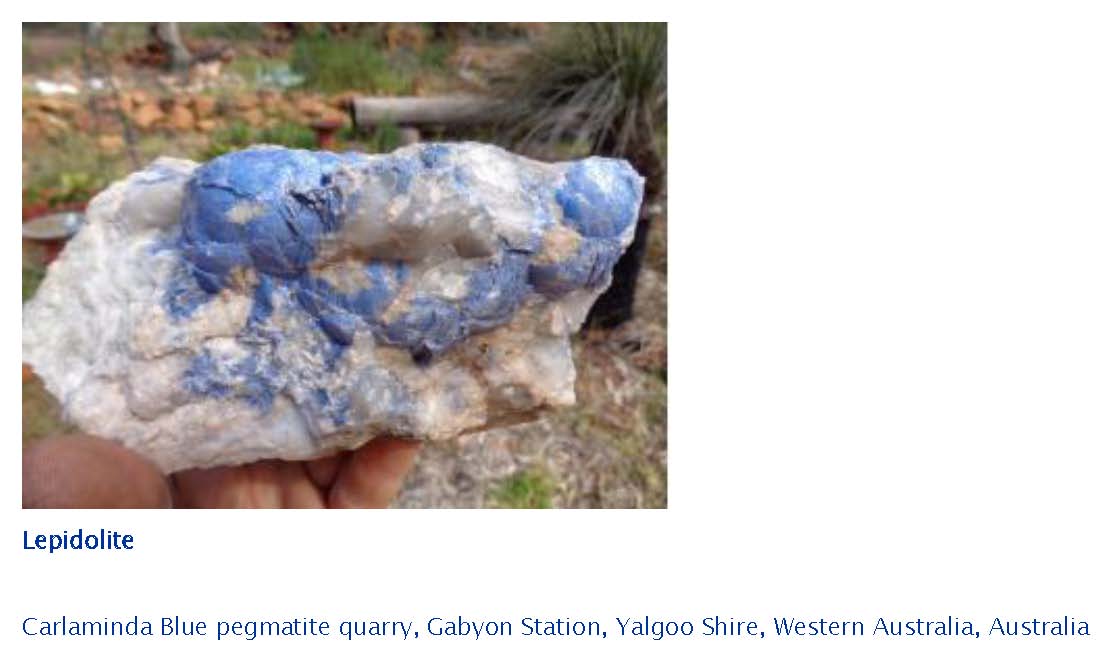
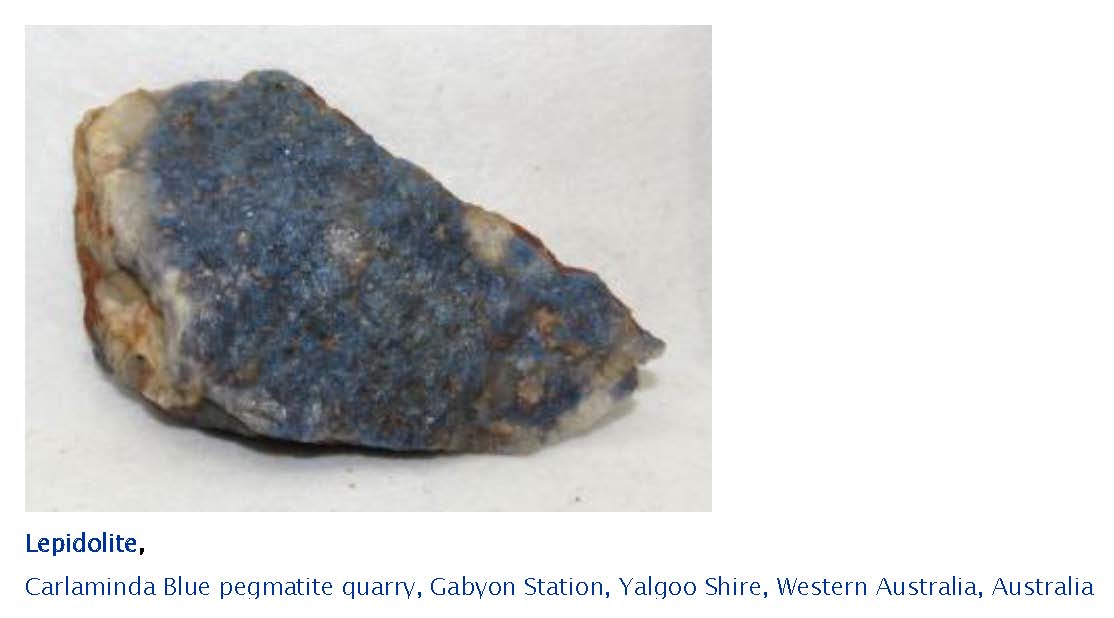
The western section of the quarry pegmatite is on Gabyon Station, and the eastern section is on Carlaminda Station about 30 kilometres north north-west of Yalgoo. It is known for fine examples of blue lepidolite. Most lepidolite in Western Australia is purple.
It is thought to have been discovered sometime after 1913, however is not noted in literature until the site was visited by geologist E.S. Simpson, several times across 1922-23.
